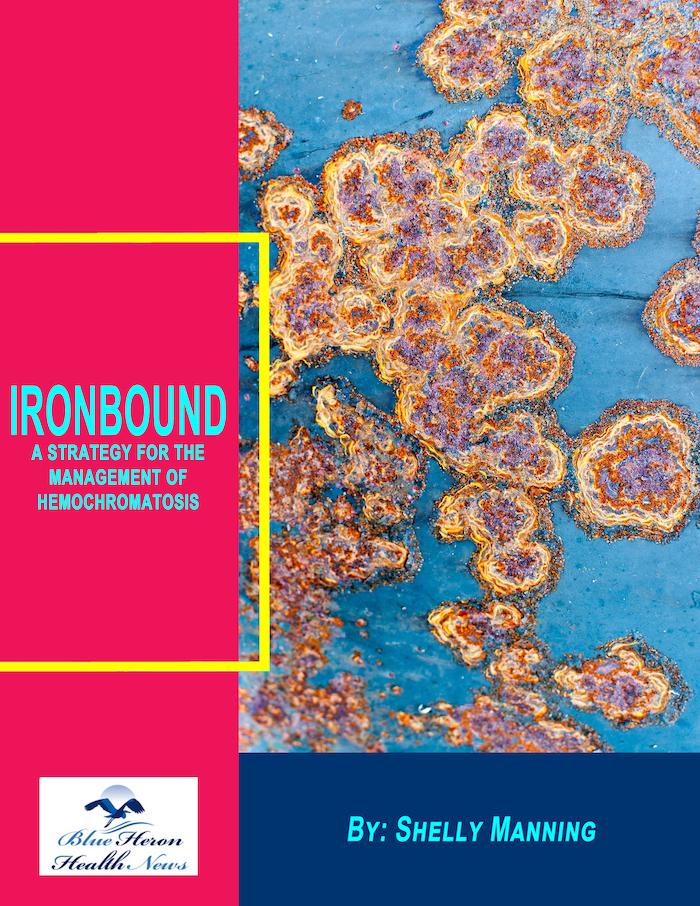Ironbound™ A Strategy For The Management Of Hemochromatosis By Shelly Manning if you are suffering from the problems caused by the health condition of HCT due to excess amount of iron in your body then instead of using harmful chemical-based drugs and medications you are recommended to follow the program offered in Ironbound Shelly Manning, an eBook. In this eBook, she has discussed 5 superfoods and other methods to help you in reducing the level of iron in your body in a natural manner. Many people are benefited from this program after following it consistently.
How does the oxidation of cholesterol contribute to atherosclerosis?
The oxidation of cholesterol, particularly in low-density lipoproteins (LDL), plays a critical role in the development and progression of atherosclerosis. This process involves oxidative modifications of LDL particles in the arterial walls, triggering a cascade of harmful events that lead to plaque formation and narrowing of blood vessels.
Steps in Cholesterol Oxidation and Atherosclerosis Development
- LDL Penetration into Arterial Walls:
- LDL particles pass through the endothelial layer (inner lining) of blood vessels and become trapped in the sub-endothelial space.
- Oxidation of LDL (Formation of Oxidized LDL):
- LDL is exposed to reactive oxygen species (ROS) and free radicals produced by immune cells and endothelial cells.
- Lipid components (especially polyunsaturated fatty acids) and apolipoproteins in LDL undergo chemical modifications, forming oxidized LDL (ox-LDL).
- Endothelial Dysfunction:
- ox-LDL damages endothelial cells, impairing their ability to regulate blood flow and maintain vascular integrity.
- Immune System Activation:
- ox-LDL is recognized as “foreign” by the immune system.
- This triggers an inflammatory response, attracting immune cells such as monocytes to the site.
- Foam Cell Formation:
- Monocytes differentiate into macrophages, which engulf ox-LDL via scavenger receptors.
- The macrophages become foam cells, a hallmark of early atherosclerotic plaques.
- Plaque Formation:
- Foam cells, along with dead cells and other debris, accumulate to form fatty streaks.
- Smooth muscle cells migrate to the area, contributing to the formation of fibrous plaques.
- Plaque Growth and Instability:
- Plaques can grow and narrow the blood vessel lumen, reducing blood flow.
- Inflammatory processes may weaken the fibrous cap, making plaques prone to rupture.
- Thrombosis and Cardiovascular Events:
- Plaque rupture exposes the contents of the plaque to the bloodstream, triggering blood clot formation (thrombosis).
- This can lead to heart attacks, strokes, or other cardiovascular complications.
Key Roles of Oxidized Cholesterol in Atherosclerosis
- Pro-Inflammatory: ox-LDL stimulates chronic inflammation.
- Chemoattractant Properties: Attracts immune cells to the site of injury.
- Endothelial Damage: Impairs endothelial cell function and nitric oxide production.
- Smooth Muscle Proliferation: Promotes the migration of smooth muscle cells, contributing to plaque stability.
How to Prevent LDL Oxidation and Atherosclerosis
- Increase Antioxidant Intake:
- Consume foods rich in antioxidants, such as berries, green tea, and dark chocolate.
- Healthy Fats:
- Choose monounsaturated and omega-3 fats (olive oil, flaxseeds) instead of trans fats.
- Control Cholesterol Levels:
- Maintain healthy LDL and HDL levels through a balanced diet and, if needed, medications like statins.
- Exercise Regularly:
- Physical activity reduces oxidative stress and improves lipid metabolism.
- Manage Blood Pressure and Blood Sugar:
- High blood pressure and diabetes accelerate atherosclerosis.
- Quit Smoking:
- Smoking generates free radicals that oxidize LDL.
Would you like to explore specific dietary strategies or supplements that help reduce LDL oxidation?

Ironbound™ A Strategy For The Management Of Hemochromatosis By Shelly Manning if you are suffering from the problems caused by the health condition of HCT due to excess amount of iron in your body then instead of using harmful chemical-based drugs and medications you are recommended to follow the program offered in Ironbound Shelly Manning, an eBook. In this eBook, she has discussed 5 superfoods and other methods to help you in reducing the level of iron in your body in a natural manner. Many people are benefited from this program after following it consistently.